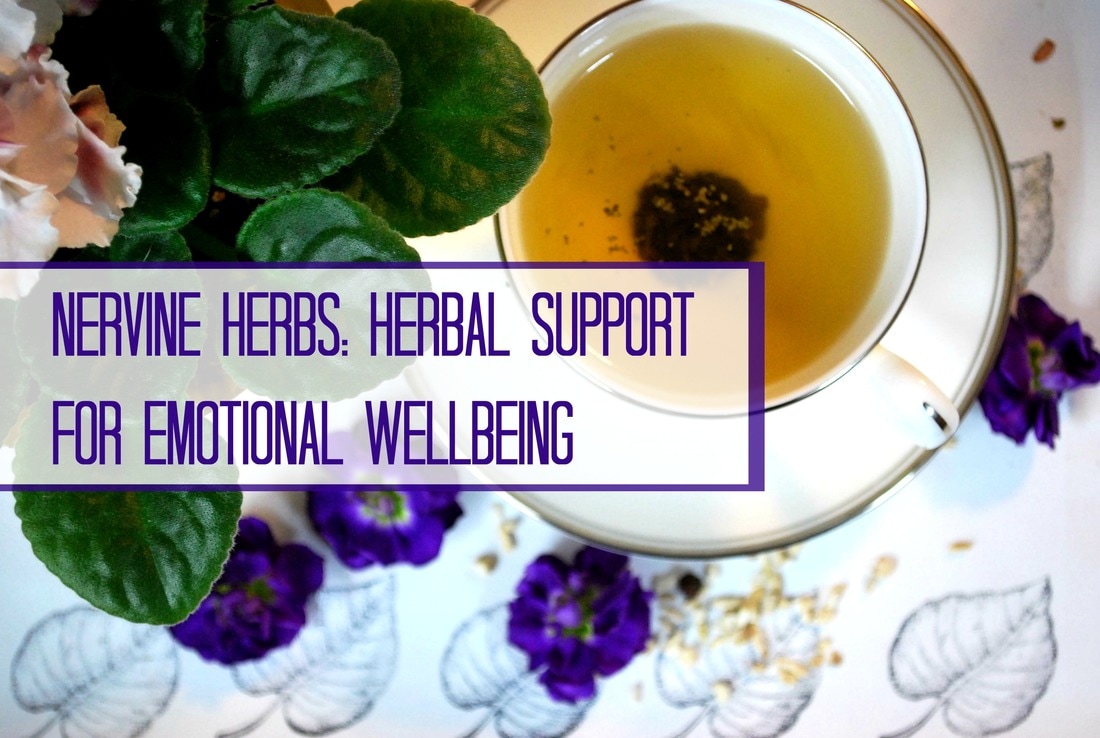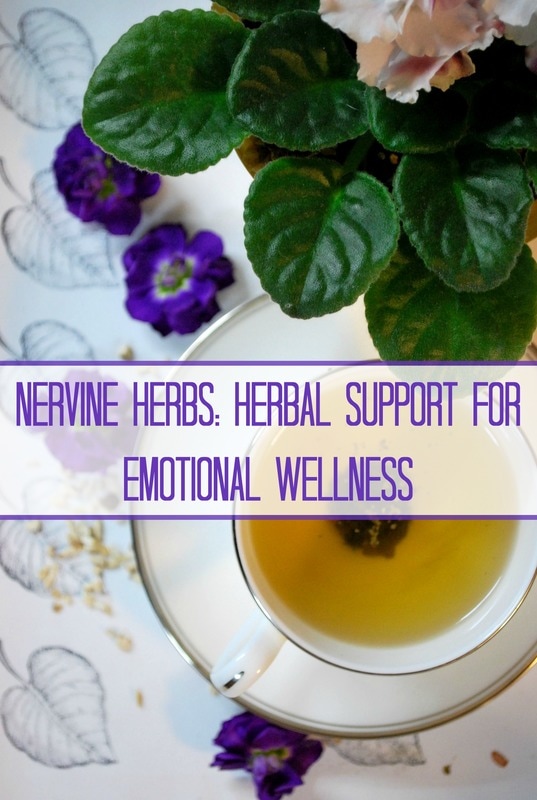Links contained in this post and elsewhere on my website may include affiliate links. When you make a purchase through these links, I earn a commission at no additional cost to you. I only link to products and services that I love - and that I think you will love, too!
Welcome to Day 20 of the #40 Day Herbalist Challenge. It’s hard to believe we are halfway through, but here we are! Today’s Challenge will be short and sweet, but it delves into the important topic of herbal nervines. Like adaptogens, bitters, nutritives, and tonic herbs, there are nervines that can be used on a regular basis to support health and wellness.
Time Needed: 20-30 minutes
Tools and Supplies: pens/pencils; notebook
What are nervines?
Nervines are herbs that have a marked influence on the nervous system. Some nervines are very mild and nutritive (oatstraw and milky oat seed come to mind here) while others are quite potent and only used short term (such as Jamaica dogwood or lobelia). They can work well alongside adaptogens and tonics (and herbs in those categories can also have nervine properties). Nervines can be divided into three categories to sum up their main actions.
Tonic Nervines
These nervines strengthen and nourish the whole nervous system. Adaptogens often fit in this category in a broad sense, but so do herbs like milky oats, bacopa, and vervain that are more narrowly classed as nervines. Tonic nervines can be a great resource either used on their own or as part of a formula to support balance and health of the nervous system.
Relaxant Nervines
The relaxant category of nervines are calming. This can range from a mild influence to a strong one depending on the herb or the amount used. Some relaxant nervines promote calm focus and concentration, others might make you drowsy. Nervines with stronger calming action may be called sedative nervines. Hypnotics are another division of relaxant nervines that are known for supporting healthy sleep. They can also vary from mild to quite potent.
Stimulant Nervines
Coffee, tea, and guarana are three examples of nervines that are the opposite of relaxant. Rather than settle the nervous system and free up tension that might be blocking nervous system function, these herbs give a jolt of energy and alertness as they rev up the nervous system. Some herbs can do both; schisandra is an adaptogen that has a dual action as a nervine- it’s calming in some aspects but stimulating in others. Lavender can also help balance the nervous system and has either a calming, centering influence or helps promote alertness depending on the state of the nervous system. Some nervines will be stimulant for some individuals but calming for others (valerian is a great example). Some nervines have a stimulant action on certain aspects of the nervous system: in my experience, chamomile and mugwort can both cause very vivid dreams or even nightmares in some people.
Who can use nervines?
There are a range of nervine herbs that are traditionally thought to be safe for adults and children alike. If you are on prescription medication, you should double check with your doctor and an experienced herbalist before using nervine herbs. They can interact with certain medications by either increasing or decreasing the potency of the drug.
With as much stress as most people constantly face, nervine herbs can be helpful while learning to manage stress in a healthy way or for support during exceptionally stressful times. Many nervines can be used during the day without worries about becoming drowsy. A mild nervine tea or tea blend can also be an excellent way to wind down in the evening. Even if you aren’t working with herbs that are traditionally viewed as hypnotic, nervines can still help with the transition between a busy, wakeful day and a peaceful night’s sleep.
Read on below for today’s mission!
Your Mission
If you are interested in keeping a nervine herb or tea blend around the house for your own stressful days or wakeful nights, do a little research today to find one that will be a good match for you. Here’s a great list by Starwest Botanicals to give you some ideas.
More Fun!
|
Watch and listen to a lecture by herbalist David Hoffmann on nervine herbs.
Read an article by herbalist Kiva Rose Hardin that lists several herbs for each category. |

